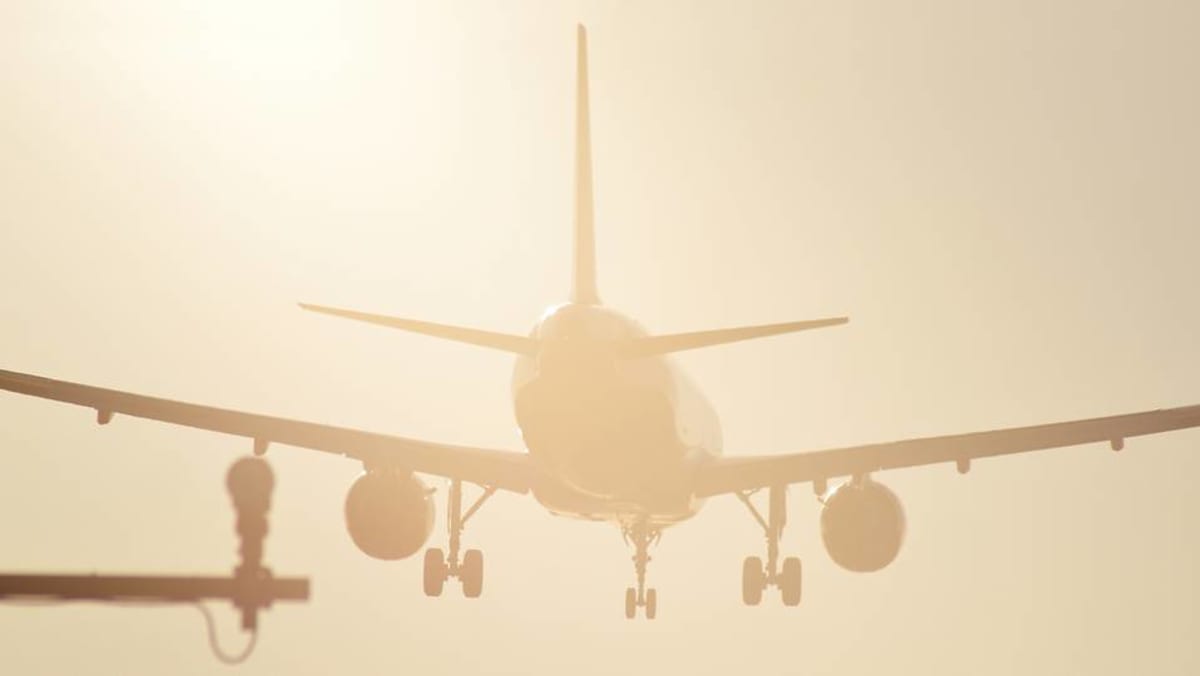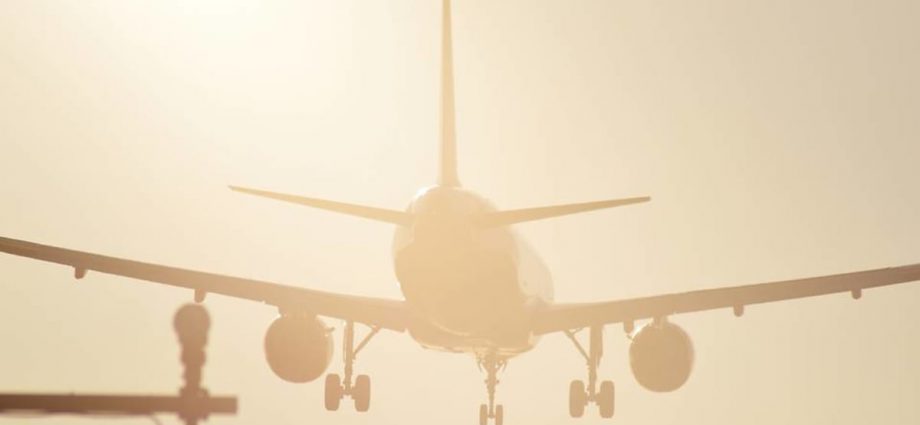
All these are not being helped by the little information released by airlines on their carbon offset programmes, experts said.
While airlines generally provide information about the climate projects they support, most do not make public other details such as take-up rates and total contributions from passengers.
“I’m not sure it is really clear to the customer about the benefits of buying carbon offsets from airlines,” said NTU’s Assoc Prof Law.
“If you look at the annual reports of these airlines, they rarely disclose, for example, the allocation of the money like how much is going into individual projects and actual results.”
Being more transparent will go some way in quelling scepticism, he added.
WHAT AIRLINES SAY
When contacted, SIA said its voluntary carbon offset scheme has had “a positive response” since it was launched in mid-2021. But the airline declined to reveal details such as take-up rates, which are “commercially sensitive information”.
The national carrier also described the carbon offset projects it selected as “high-quality” and having “a proven and measurable impact”. It did not respond to a subsequent question asking for details about this impact.
Carbon offsets are part of SIA’s commitment to achieve net-zero emissions by 2050. Other efforts include the use of sustainable aviation fuel and eco-friendly packaging for in-flight meals, as well as operating a young fleet of aircraft which it has said remains the “most effective and direct way” to cut carbon emissions.
All Nippon Airways did not address queries related to the take-up rate and total monetary contributions of its carbon offset scheme, but the Japanese airline said it is “aware of the criticism” related to offsetting initiatives.
This is partly why it launched a programme two years ago to promote the use of sustainable aviation fuel. It also has a long-term target to “gradually replace activities (that) offset carbon dioxide emissions with more substantial and effective solutions to reduce emissions” by 2050, its spokesperson told CNA.
Other solutions it is exploring include the use of negative emission technologies, sustainable aviation fuel and other potential clean energy.
Another airline that responded to CNA’s queries is Cathay Pacific, which said its Fly Greener programme managed to offset a total of 27,280 tonnes of carbon emissions produced by its operations in 2021.
Of which, 3,282 and 16,236 tonnes were offset by individual and corporate customers respectively.
Since the carbon offset scheme was launched in 2007 – starting with passengers before being extended to cargo customers last year – the airline has purchased more than 300,000 tonnes of carbon offsets.
As the airline takes “all reasonable steps” to mitigate its environmental impact, Cathay Pacific also noted that it is focusing on areas where its “impact is the greatest”, namely cutting air and ground carbon emissions and more conscious use of resources.
“Our goal is to transition to net-zero carbon by 2050 through investment in a modern fleet, operational improvements, and sustainable aviation fuel use,” said Cathay Pacific’s regional general manager for Southeast Asia and Southwest Pacific Dominic Perret.
Elsewhere in the industry, a handful of carriers like Britain’s EasyJet have dropped carbon offsetting schemes to focus on other initiatives.

